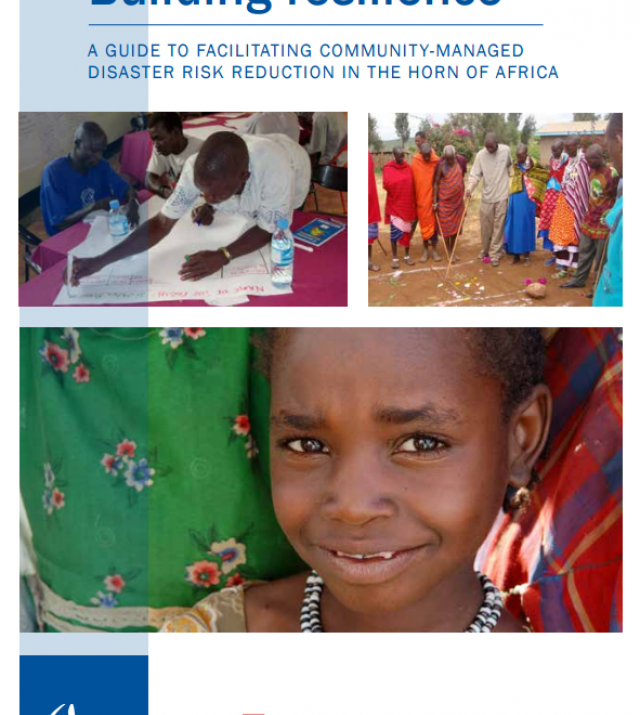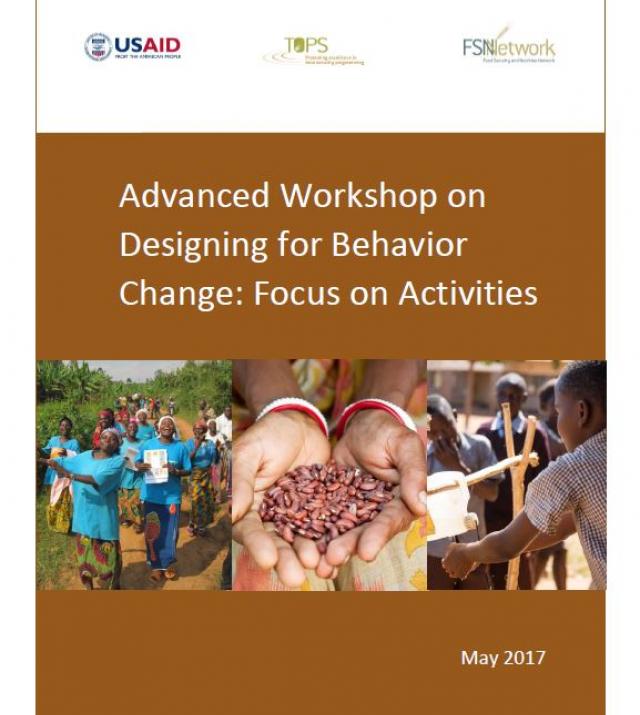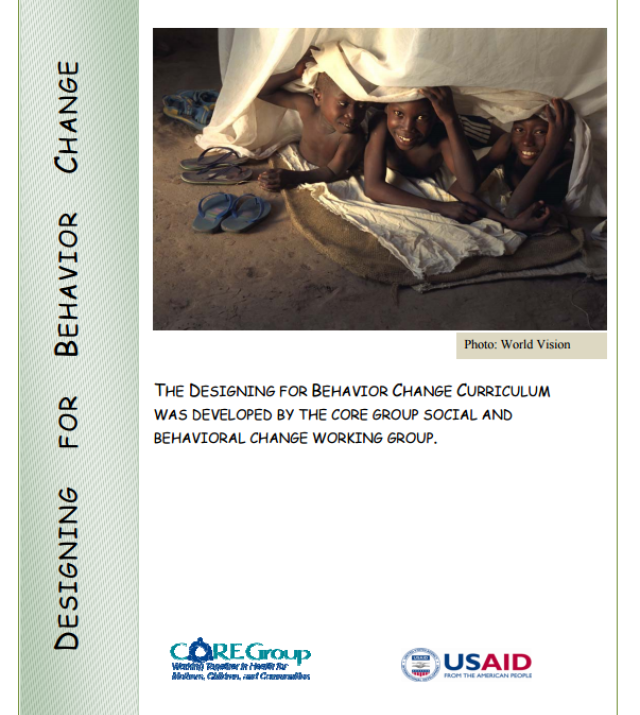
Using Motivation 3.0 for Community-Based Workers
Presenter: Tom Davis, TOPS Social & Behavior Change Senior Specialist; Senior Director of Program Quality Improvement, Food for the Hungry
During this presentation, participants viewed several discussion-starting video clips on incentives and motivation, and heard some of the latest scientific findings from the book Drive by Dan Pink. The session began by asking the participants the degree to which they believed it is important or necessary to use monetary or in-kind incentives to get community-level workers to accomplish tasks in food security programs. A portion of participants believed that some level of monetary incentives was necessary, especially in cases where the workload was high.
Tom noted that there is a limit of how much time a volunteer can spend doing their work and still be considered a volunteer. It is important to think about how many hours a week a person can do before monetary incentives are necessary, and to not pay for volunteer work that is below that threshold. A video on the Kinshasa Symphony was used as an example of the level of work that people are willing to do even in the poorest countries when one draws on their intrinsic motivations (e.g., to gain mastery, to have autonomy, to find purpose). The conclusion was made that the best outcomes are achieved when volunteers are used for limited hours, and full-time workers are compensated enough so that they feel their pay matches their level of effort and are compensated in a way where they are building their skills – but without giving “performance incentives” which are often counter-productive. (Evidence was presented that showed how “Once a task called for even rudimentary cognitive skill, a larger [performance] reward led to poorer performance.”)
Tom highlighted three basic human drives highlighted in the book Drive: biological (motivation 1.0), extrinsic (motivation 2.0) and intrinsic rewards (motivation 3.0). The greatest outcomes will be achieved when we pay people whose work exceeds a certain threshold (e.g., 8 hours/week) and when the work that we ask volunteers to do draws on the “motivation 3.0” incentives (mastery, autonomy, purpose). These are lessons that can be applied to work in food security.
Best practices for working with volunteers and offering appropriate motivation was also discussed with participants reaching consensus that the maximum amount of time that people should be expected to volunteer was about 8-10 hours per week, and that volunteers should not be asked to do certain tasks that are inherently unpleasant (e.g., emptying latrines). Food security goals should be discussed with volunteers in a way that is meaningful to them (e.g., talking about the ultimate purpose of the work, how they may gain mastery of a new skill). The session closed with participants working in small groups to talk about how their organizations are already incorporating these best practices into their programs and how they can work to integrate them more.
The Way Forward: Participants made recommendations in the following areas:
Knowledge Sharing
Share best practices for involving volunteers in active planning.
Capacity Strengthening and Tools
Roll out Motivation 3.0 training/orientation.
Develop guidelines for different contexts and programs, particularly with regard to volunteer vs. paid workers. This could be based on the Care Group model experience.
Develop a tool to help communicate motivation concepts to agents who connect with volunteers

